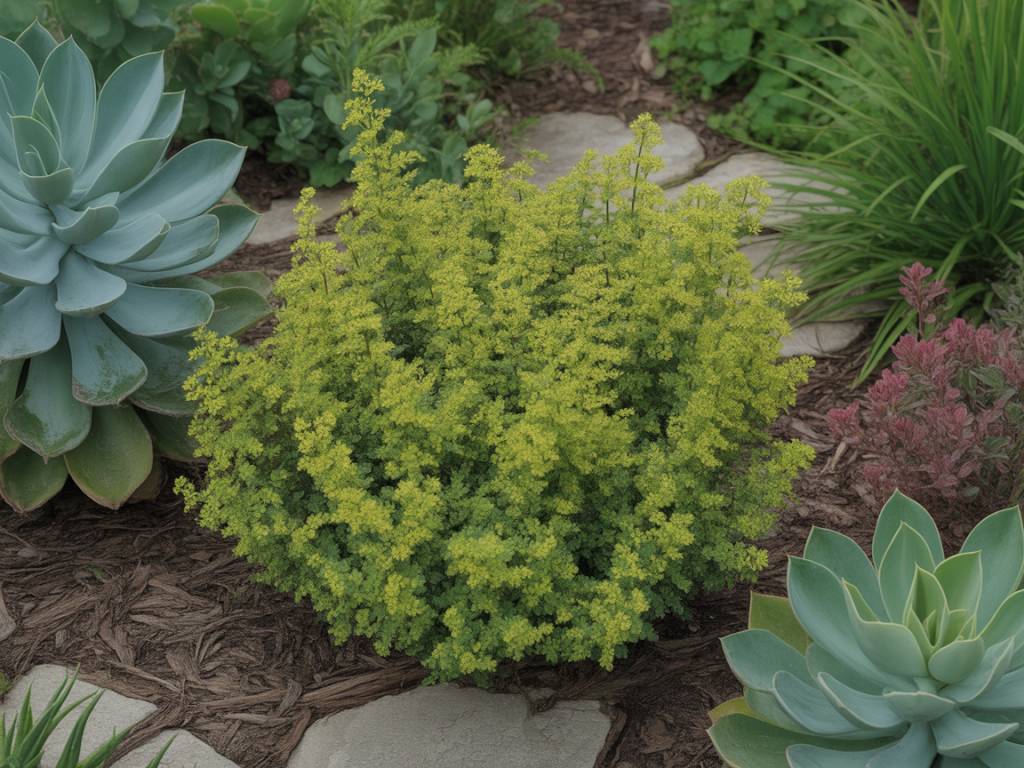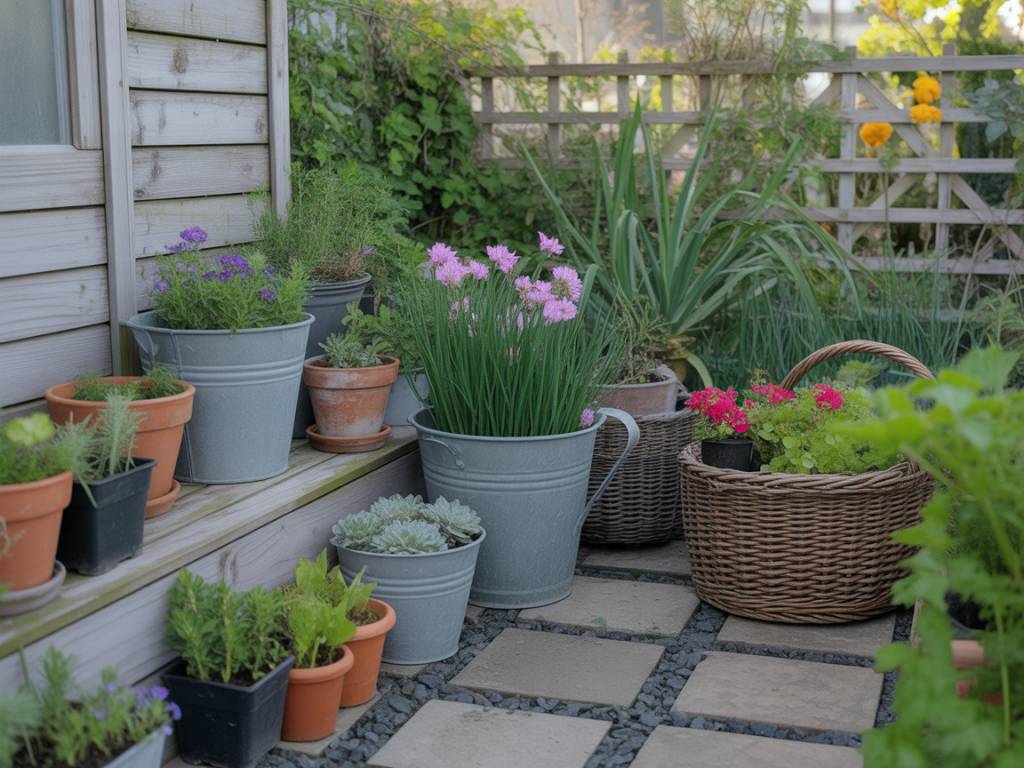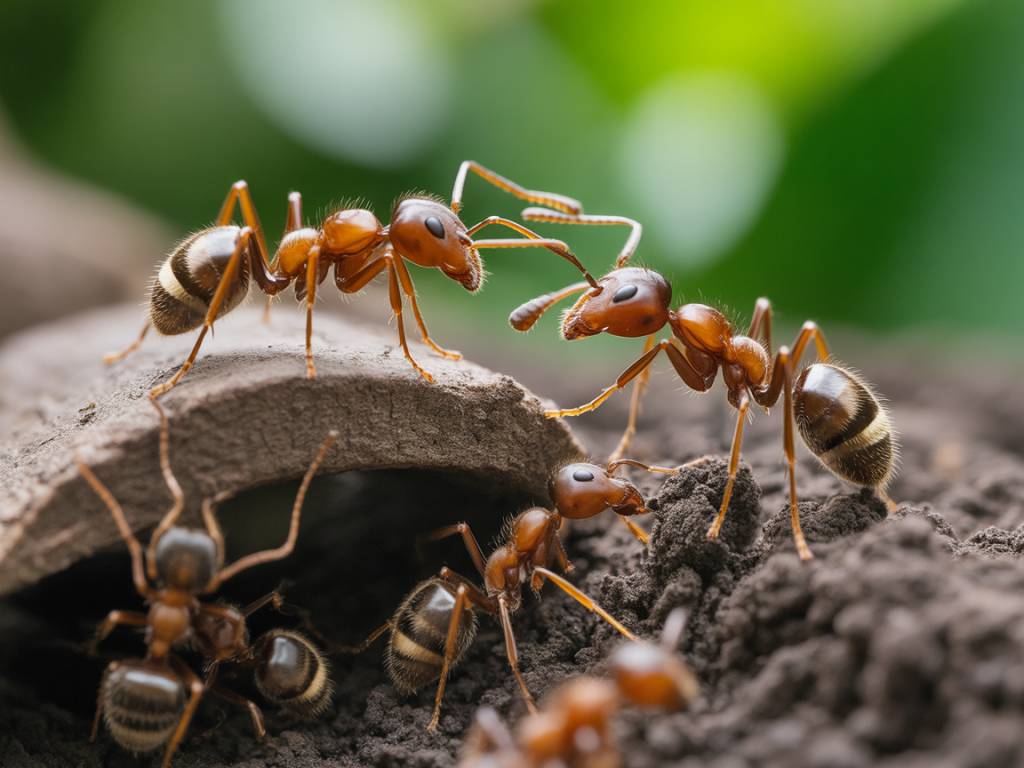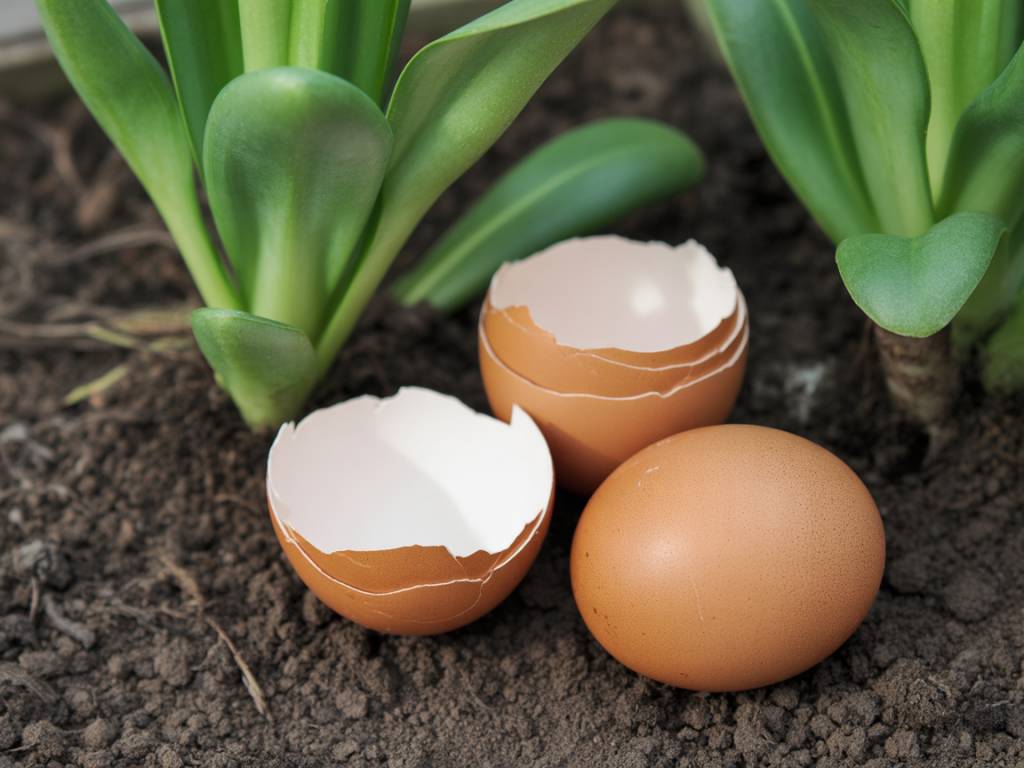There’s a particular kind of quiet magic in a raspberry patch just after harvest. The buzz of bees has softened, the canes stand a little wild and unruly, and the air seems to whisper, “What next?” That’s the perfect moment to think about your secateurs. Knowing when – and how – to cut back your raspberry canes is the secret to heavy bowls of fruit next year, instead of a tangle of leaves and disappointment.
Let’s walk through it together, cane by cane, season by season.
First things first: what kind of raspberries do you have?
Before you even think about pruning, you need to know who you’re dealing with in your raspberry row. There are two main types, and they’re pruned quite differently:
- Summer-fruiting raspberries (also called “floricane” varieties)
- Autumn-fruiting raspberries (also called “primocane” varieties)
If you’re not sure which you have, ask yourself:
- Do they crop mainly in June–July? They’re almost certainly summer-fruiting.
- Do they give fruit from late August into October? You’re likely growing autumn-fruiting types.
Sometimes you’ll have both, especially if you inherited a garden from a previous owner. Don’t worry; with a little observation over a full season, their habits reveal themselves quite clearly.
Once you know the type, you’ll know when to reach for your secateurs – and which canes to say goodbye to.
Understanding raspberry canes: why pruning matters
Raspberries don’t behave like, say, a rose bush or a blackcurrant. Their growth comes in a fairly strict two-year rhythm.
For summer-fruiting raspberries:
- Year 1: A cane grows (called a primocane). It’s leafy, green and doesn’t fruit.
- Year 2: That same cane fruits (now called a floricane), then its job is done. It will not fruit again.
For autumn-fruiting raspberries:
- Year 1: A cane grows and fruits in the same year.
- Year 2: It may give a smaller, earlier crop if left, but it’s generally weaker and just clutters the patch.
Why does this matter? Because if you don’t remove the old, spent canes, they stay in place – crowding, shading, and stealing energy from the vigorous new growth that should be carrying fruit next season.
Pruning at the right time gives you:
- Bigger, sweeter berries
- Less disease and fewer pests
- Neater rows that are easier to pick from (and to walk past without being snagged!)
Think of it as gently editing your raspberry patch so that every cane has the space and light to do its very best.
When to cut back summer-fruiting raspberries
With summer raspberries, timing is beautifully simple: prune straight after you’ve finished picking.
In many gardens, that means late July to August. Don’t worry about needing a particular day on the calendar; just wait until:
- All the berries are harvested
- The fruiting canes look a little tired, often brownish or woody at the base
- New, fresh green canes are already pushing up from the base
Those fresh green canes are next year’s harvest in waiting. Your job is to make room for them.
How to prune summer-fruiting raspberries (step by step)
Set aside a calm hour in the garden, perhaps in the cool of the evening. This is the kind of simple, satisfying task that suits an unhurried hand.
What you’ll need:
- Sharp, clean secateurs
- Gardening gloves (raspberries can be prickly characters)
- Twine or soft ties (if your plants are grown on wires)
Step 1 – Identify the old canes
On summer-fruiting raspberries, the canes that fruited this year are usually:
- More woody and brown in colour
- Often with old, shrivelled fruit stems still attached
- Slightly more brittle when you bend them
The new canes (next year’s crop) will be:
- Greener or often with a purple flush
- Smoother and more flexible
- Growing vigorously from the base, often taller and straighter
Step 2 – Cut out the spent canes
Using your secateurs, cut every old, fruited cane right down to soil level. Go as low as you can without damaging the emerging new growth. Don’t leave stubs; they just rot and invite disease.
It can feel ruthless at first. But remember: those canes will never fruit again. Removing them helps the plant focus its energy where it matters.
Step 3 – Thin the new canes
Now you’ll be left with a forest of new primocanes. Lovely – but too many will lead to smaller berries and a thicket you can’t get your hands into.
Thin them so that you keep about 6–8 strong canes per plant (or per 30 cm of row, if yours are planted in a line). When choosing which to keep, look for:
- Upright growth
- Sturdy, smooth stems
- Evenly spaced positions
Remove the weaker, spindlier, or awkwardly placed canes at soil level.
Step 4 – Tie in the remaining canes
If you grow raspberries along support wires or on a post-and-wire system, gently tie the remaining canes in a fan or in bundles using soft garden twine. This keeps them upright, improves air circulation and makes next year’s picking far easier.
By late summer, your summer raspberries should look airy, tidy, and full of promise for next year’s harvest.
When to cut back autumn-fruiting raspberries
Autumn raspberries play by different rules. They fruit on this year’s growth, which makes pruning them blissfully straightforward.
The best moment to cut them back is usually in late winter, around February, before new shoots appear. In milder gardens, you might get away with early March; in colder spots, you may prefer late February once the worst frosts have passed.
Why not prune them immediately after they finish fruiting in autumn? You can – but leaving the canes standing over winter helps to:
- Protect the crown from frost
- Catch snow, acting as a natural mulch
- Provide a little habitat for overwintering insects
So generally, it’s kinder (to both plant and wildlife) to wait until late winter.
How to prune autumn-fruiting raspberries
Thankfully, this is one of the simplest pruning jobs in the garden.
Step 1 – Wait for a dry day
Choose a dry spell in late winter so that freshly cut stems don’t sit wet for days. This reduces the risk of fungal problems.
Step 2 – Cut everything to the ground
With sharp secateurs, cut every cane down to just above soil level. No need to select or identify; all the canes that fruited last year are now past their best.
In around a month, you’ll start to see fresh new shoots emerging – these are your future fruiting canes for late summer and autumn.
Step 3 – Mulch generously
Once the canes are cut, it’s the perfect time to lay a nourishing mulch around the base. Well-rotted garden compost, leaf mould or good-quality manure will do wonders.
Spread a 5–7 cm layer around the plants, keeping it an inch or so away from the stems themselves. This will:
- Feed the soil
- Help retain moisture in dry spells
- Suppress some of the weeds that love raspberry rows
Can you keep some canes for an earlier crop?
Some gardeners like to experiment with autumn-fruiting raspberries by keeping a few of the older canes after harvest. These can sometimes give a small, early summer crop on the top buds, followed by a main autumn crop on new growth.
If you’d like to try this “double-cropping” idea:
- After autumn fruiting, leave some of the tallest canes in place.
- In late winter, cut the top third off those canes, leaving the rest to bud and fruit in early summer.
- Allow new canes to grow up as normal; they’ll give you the main autumn harvest.
The trade-off is that you may get smaller overall yields than with the simple “cut everything down” method. But if your aim is to spread the season rather than maximise weight of fruit, it can be a charming experiment.
Dealing with old canes: compost, burn, or bin?
Once you’ve cut everything back, you’ll be left with an impressive pile of prickly stems. What next?
- Healthy canes: Shred or chop them and add them to your compost heap, or bundle them for a separate woody compost pile.
- Canes with obvious disease (spots, mildew, canker, or wilting): It’s safer to burn these or dispose of them with garden waste, rather than composting and spreading problems around.
If you’re unsure, trust your nose and eyes. Anything that looks blackened, mouldy, or unusually brittle is better removed from the garden completely.
Common mistakes when cutting back raspberries (and how to avoid them)
Even experienced gardeners sometimes get tangled up in their raspberries. Here are a few easy traps to sidestep:
- Cutting the wrong canes – The most frequent mistake is cutting out the young canes instead of the old ones on summer-fruiting plants. Always take a moment to truly look: old canes are browner and more battered; new ones are fresher and greener.
- Leaving too many canes – A crowded patch = smaller berries and more disease. Be brave with thinning; your plants will reward you.
- Pruning autumn raspberries in summer – If you cut autumn-fruiting canes in early summer, you remove the very growth that would have fruited later. For those, the main cut-back waits until late winter.
- Skipping support for tall varieties – Even well-pruned raspberries can flop into paths and neighbouring beds if they’re not tied in. A simple post-and-wire system can transform both yield and ease of picking.
Feeding and caring for raspberries after pruning
Cutting back is only part of the story. What you do after pruning can make almost as much difference to your next harvest as the pruning itself.
Mulch in late winter or early spring
Whether you grow summer or autumn raspberries, a generous mulch around the base after pruning (or in early spring) is one of the kindest things you can do for them.
Good options include:
- Homemade garden compost
- Leaf mould
- Well-rotted manure
- Composted bark or a soil conditioner
Feed the soil, and the canes will repay you in fruit.
Water in dry spells
Raspberries have fairly shallow roots, so they feel it when summer turns dry. After all your careful pruning, don’t let them struggle just when fruits are swelling. A thorough soak once or twice a week in very dry weather is far better than a daily sprinkle.
Keep weeds in check
Weeds love the moist, rich soil of raspberry beds just as much as raspberries do. A good mulch helps, but check in regularly and gently hand-weed around the plants, taking care not to disturb the roots.
Reading the seasons in your raspberry patch
One of the loveliest things about raspberries is how they teach you to read the garden’s calendar, not the one on your kitchen wall.
In summer, when your fingers are stained red from picking, you’re already thinking of pruning the fruited canes away to make room for next year.
In autumn, as the last berries of the year soften and sweeten in the low golden light, you’re quietly noting which canes will be cut to the ground in a few months’ time.
In winter, when the rows stand bare and neatly trimmed, you lay mulch as a promise – a quiet assurance that light, warmth and new growth will return.
And in spring, when the first fresh leaves unfurl on those carefully chosen canes, you see with great satisfaction that your gentle editing of the previous year is about to bear fruit, quite literally.
When in doubt: a simple rule to remember
If all this feels like a lot to hold in your head, here’s a little shortcut to keep in your gardening apron pocket:
- Summer-fruiting raspberries: Cut out the old, fruited canes right after harvest, keep and tie in the fresh new ones.
- Autumn-fruiting raspberries: Cut all canes to the ground in late winter to make way for new growth.
With that, you’re already far ahead of where many gardeners start.
Pruning raspberries doesn’t need to be a chore. Think of it instead as a quiet conversation with your plants: “Thank you for this year’s fruit. Now let’s make space for what’s to come.” With each careful cut, you’re shaping not just the canes in front of you, but the sweetness of next summer’s breakfasts and the joy of plucking sun-warm berries straight from the cane.





